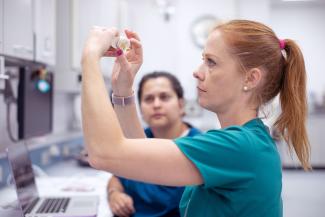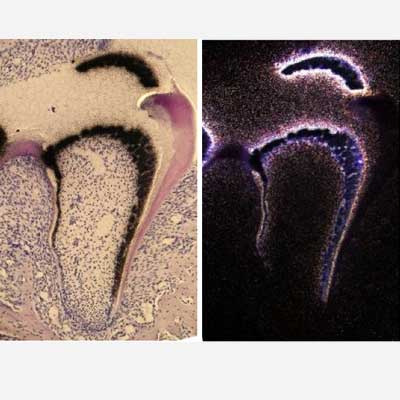Researchers in our labs are studying the roles and mechanism of the formation of bone, dentin, enamel and periodontium. We use transgenic and mutant mice to study the role of stem cells and differentiated cells in bones and teeth.
We develop unique in vitro cell models to study the stem cells that produce the bone, tooth dentin and all the components of the periosteum. We are developing epigenetic regulatory networks combined with deep gene expression analysis using next -generation sequencing methods combined with bioinformatics and computational analysis and modeling. From this knowledge database, we can predict new therapeutic approaches for corrected bone loss due to trauma and periodontium loss due to periodontal disease.
Oligodontia describes a condition when multiple teeth are missing. The affected teeth can include permanent molars, premolars and lateral incisors that are missing in the upper and lower arches. Gene mutations associated with oligodontia have been found in PAX9, MSX1, AXIN2, WNT10A and EDA. Affected persons need comprehensive multidisciplinary treatment.
More than 90
genes and 12 transcription factors are involved in tooth development.
1:700 to 1:13,000
the incidence of mutations in the gene for amelogenin vary depending on the population (1:13,000 in the U.S.).
The International Journal of Oral Science featured the research of Dr. Harris’ lab. It was shown that bone morphogenetic protein-2 (Bmp2) controls the differentiation of cells giving rise to the crown, root and periodontium.
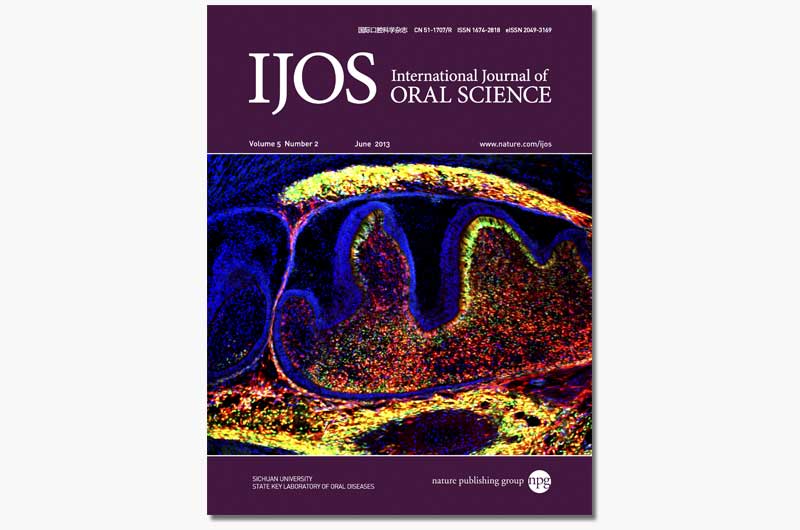
Additional Highlights
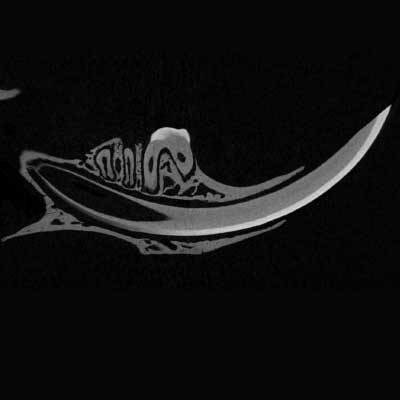
Enamel Study
In rodents, the continuously growing incisor is running through the length of the mandible. The gain in mineral density in the forming enamel of the mouse mandibular incisor can be determined by MicroCT.
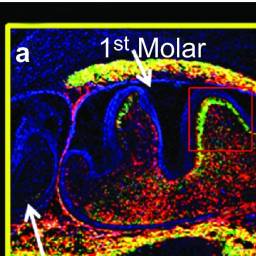
Mentorship
Our team actively mentors D.D.S./Ph.D. students, such as Audrey Rakian, who are interested in research within dentofacial development in Dr. Stephen Harris’ lab. The International Journal of Oral Science featured this research.
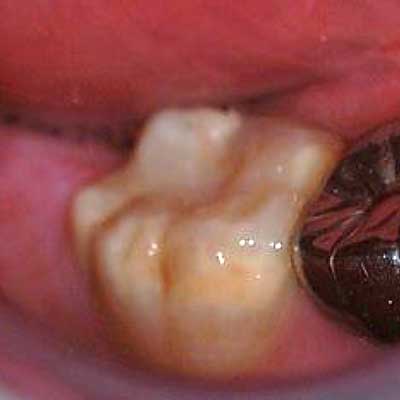
Ongoing Clinical Study
Dr. Yong-Hee Chun and Dr. Maria-Jose Cervantes Mendez are studying Molar-Incisor Hypomineralization in children in South Texas in collaboration with South Texas Oral Health Network (STOHN). The Institute for Integration of Medicine and Science funds this study through the CTSA program.
